Delve into the fascinating world of the Studebaker Avanti, a car that captured the innovation of the 1960s. Known for its unique design and groundbreaking features, the Avanti remains a significant yet understated icon in automotive history. Here are ten intriguing facts about this remarkable vehicle.
Revolutionary Fiberglass Body Design
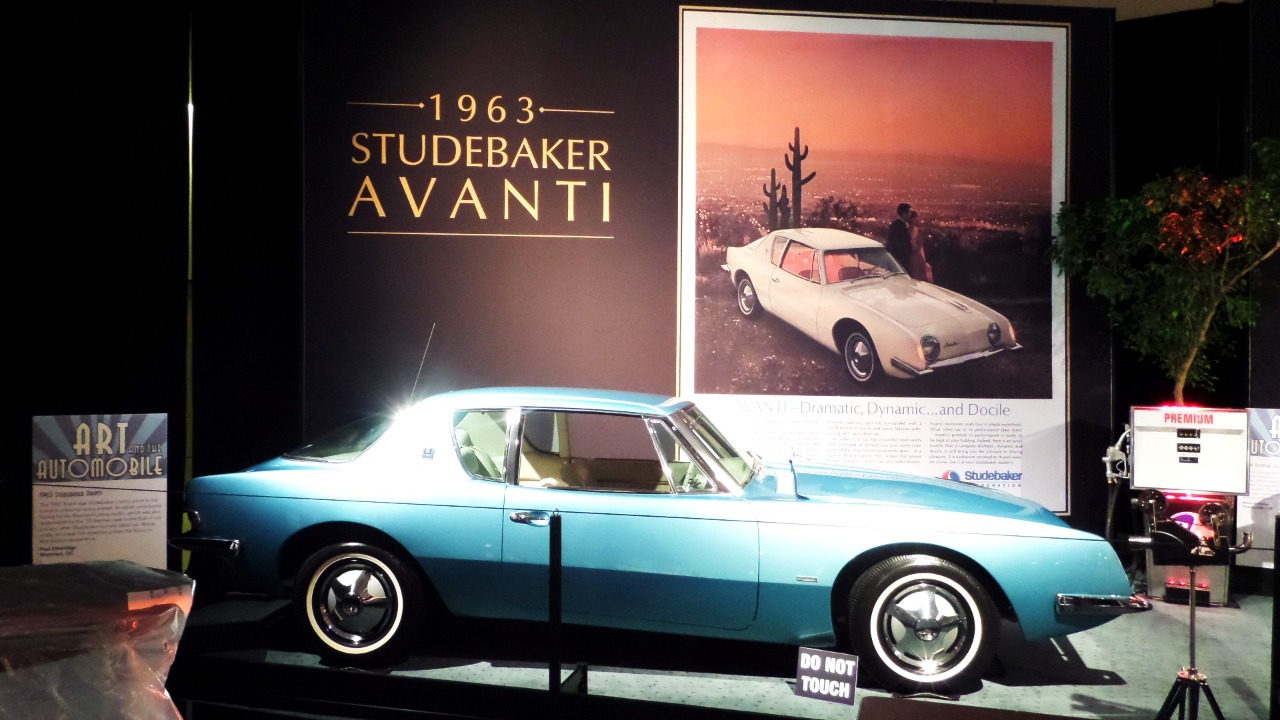
The Studebaker Avanti was one of the first American cars to feature a fiberglass body, a choice that set it apart from its contemporaries. This revolutionary decision not only reduced the vehicle’s weight but also allowed for more aerodynamic designs. Embracing fiberglass enabled designers to push the boundaries of style and performance, attracting enthusiasts who valued innovation.
The Raymond Loewy Legacy
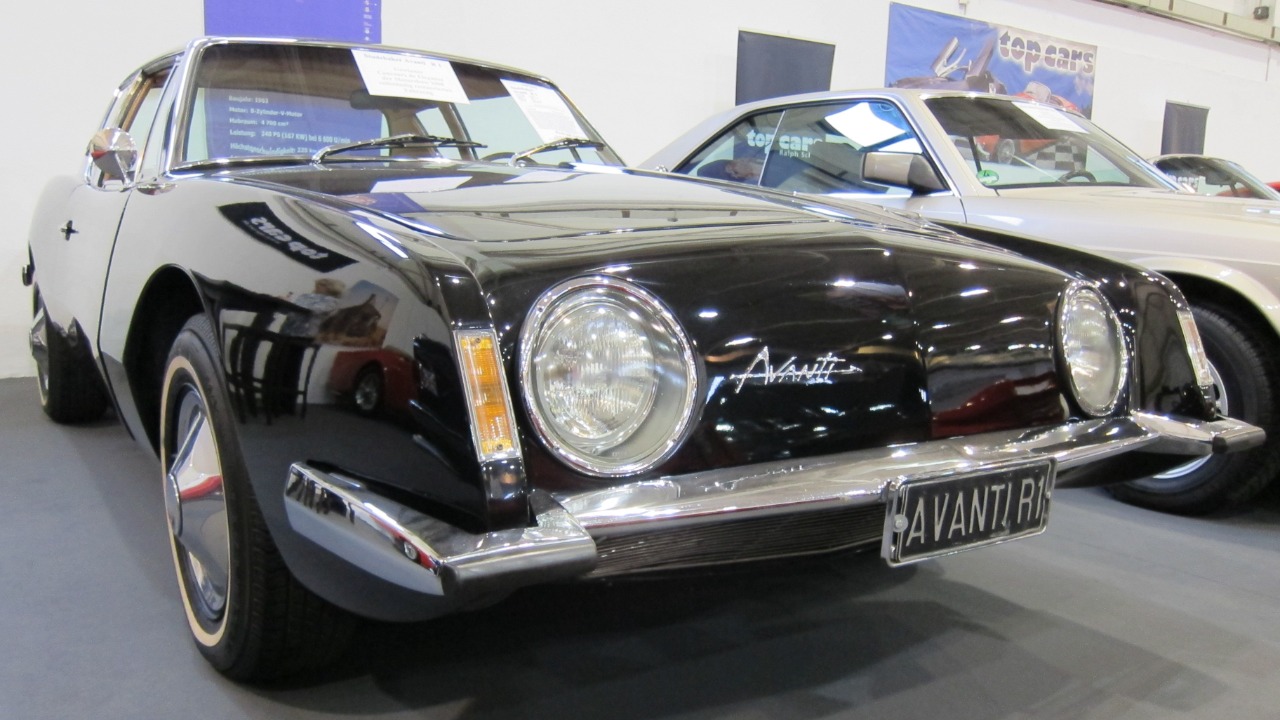
Designed by the legendary industrial designer Raymond Loewy, the Avanti is a testament to his vision and creativity. Loewy, recognized for his work with major brands, infused the Avanti with sleek lines and a futuristic aesthetic. His influence is evident in every curve of the car, making it a timeless piece of automotive art.
Ahead-of-Its-Time Safety Features
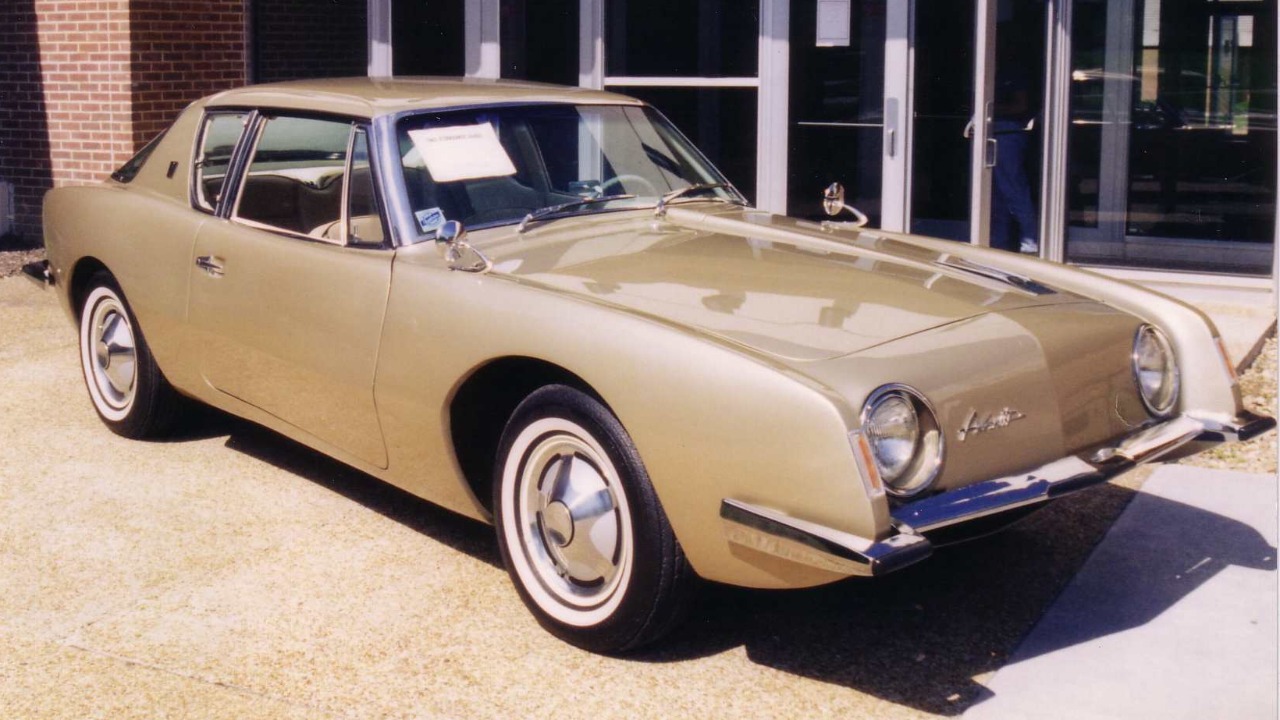
The Avanti was equipped with safety features that were groundbreaking for its time, including front disc brakes and a built-in roll bar. These innovations were designed to enhance the safety of the vehicle’s occupants, showcasing Studebaker’s commitment to protecting drivers and passengers. Such forward-thinking elements were rare in the 1960s, setting the Avanti apart from its peers.
Record-Breaking Performance
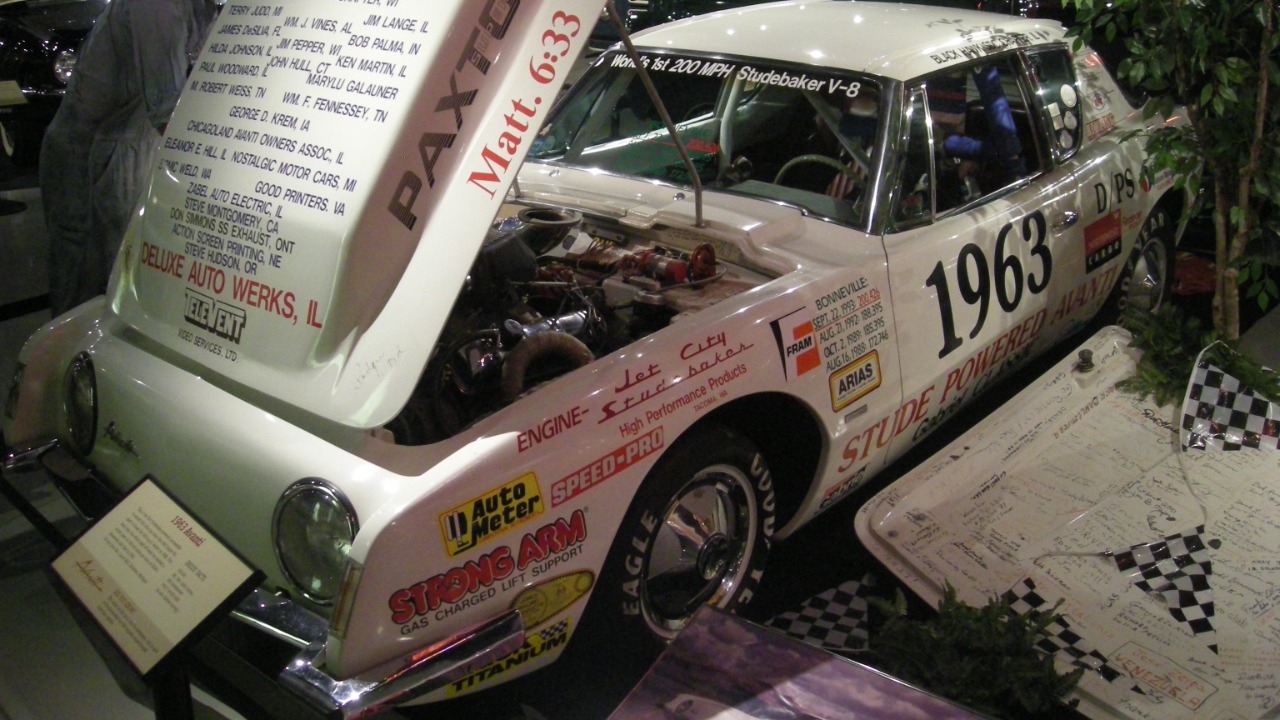
The Avanti was more than just a pretty face; it was a powerhouse on the road. In 1963, an Avanti set a speed record of 168.15 mph at the Bonneville Salt Flats. This achievement highlighted the car’s exceptional engineering and performance capabilities, solidifying its reputation as a high-performance vehicle.
Unique Avanti R2 Supercharged Engine
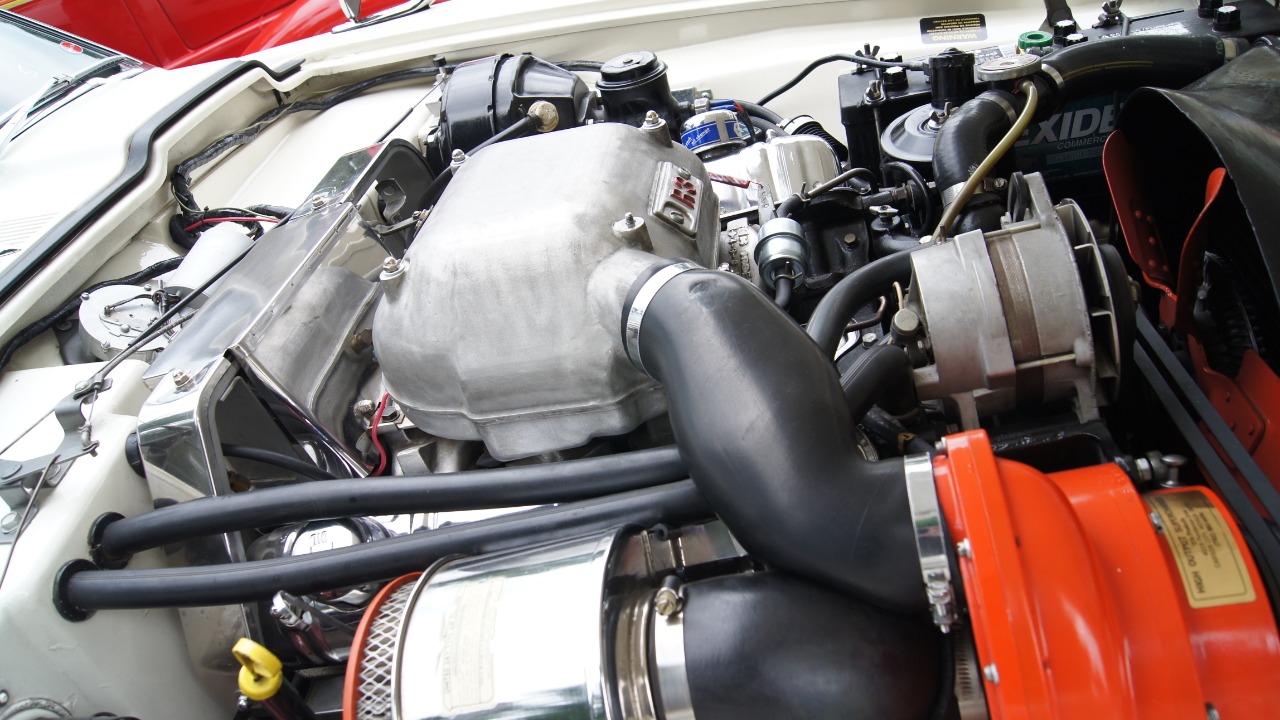
The Avanti R2 model featured a supercharged engine that delivered impressive power and acceleration. This engine choice provided a thrilling driving experience, appealing to those who sought excitement behind the wheel. The R2’s performance capabilities further cemented the Avanti’s status as a remarkable and innovative vehicle.
Limited Production Numbers
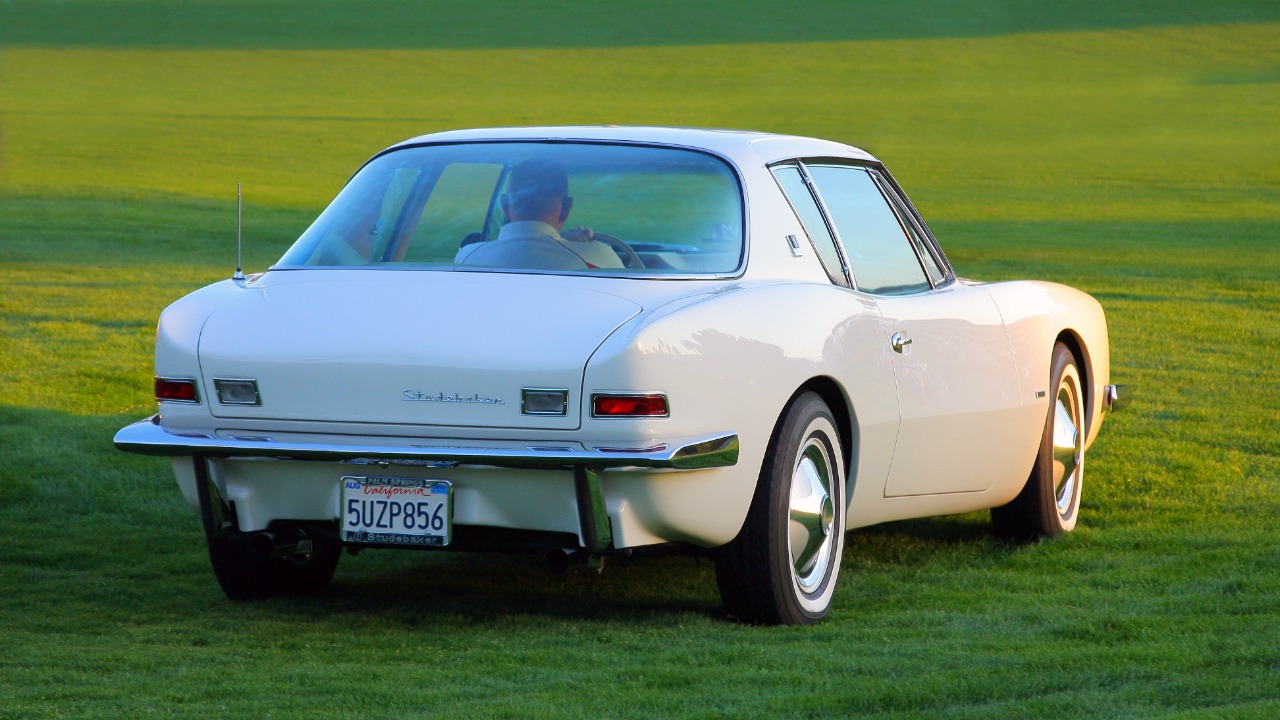
With only a few thousand units produced between 1962 and 1963, the Avanti is a rare find today. Its limited production numbers contribute to its allure among collectors and enthusiasts. Owning an Avanti is not just about driving a car; it’s about possessing a piece of automotive history.
The Unusual Steering Wheel
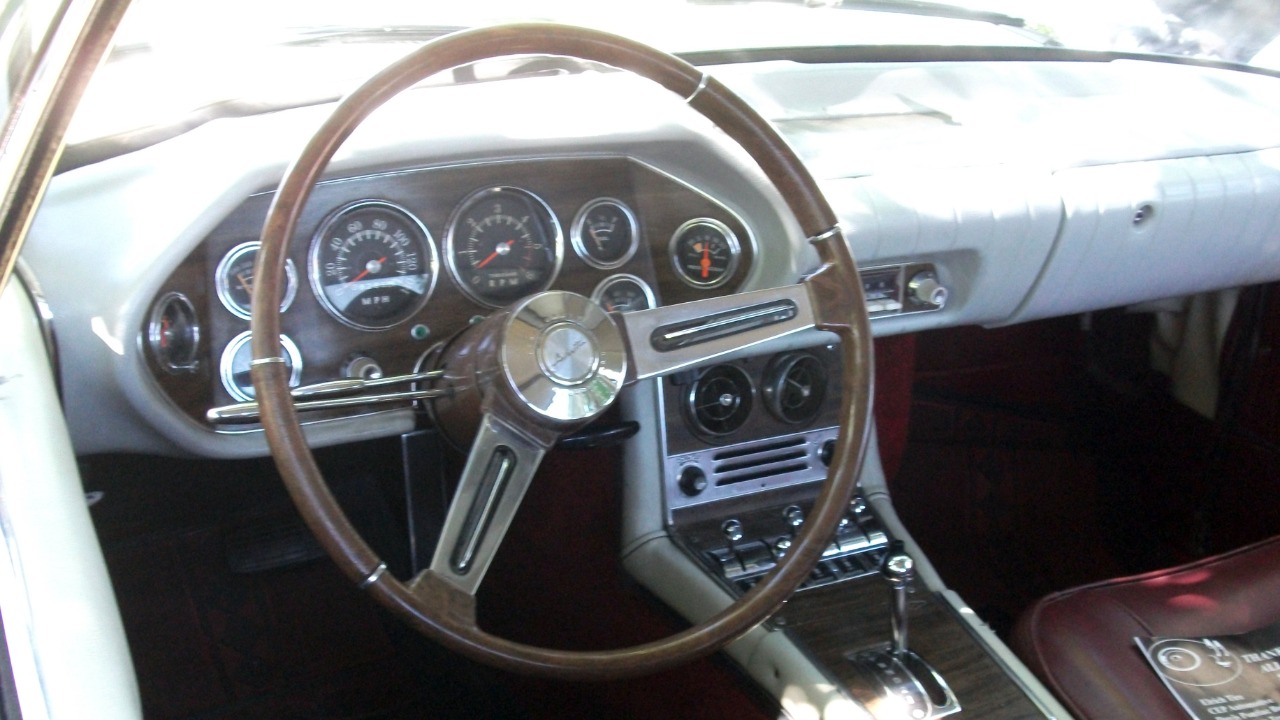
One of the Avanti’s most distinctive features is its steering wheel. This unique design was intended to provide drivers with improved visibility and control. While unconventional, the square steering wheel became one of the Avanti’s signature elements, adding to its quirky charm.
Struggles with Manufacturing Delays
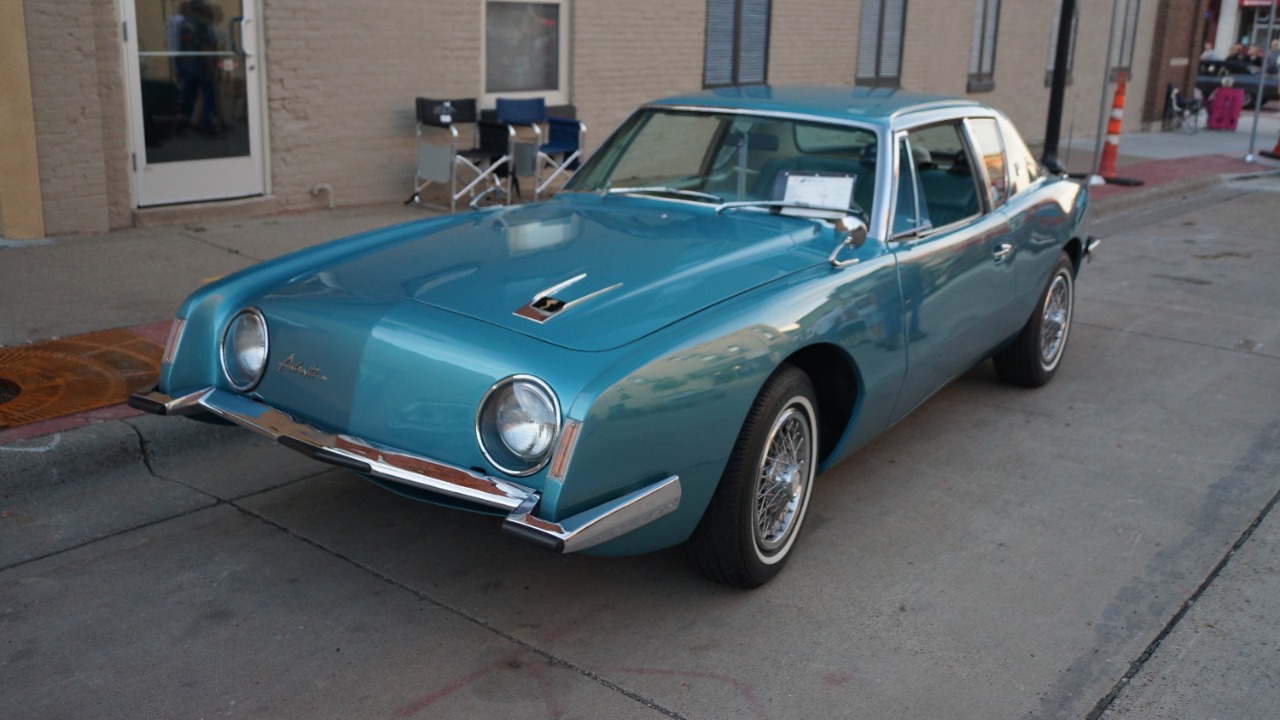
The Avanti faced numerous manufacturing challenges, including delays that impacted its production schedule. These setbacks were largely due to the complexity of its design and the use of fiberglass, which was still a novel material at the time. Despite these hurdles, Studebaker persevered, delivering a car that would leave a lasting legacy.
Cult Following and Collector’s Item
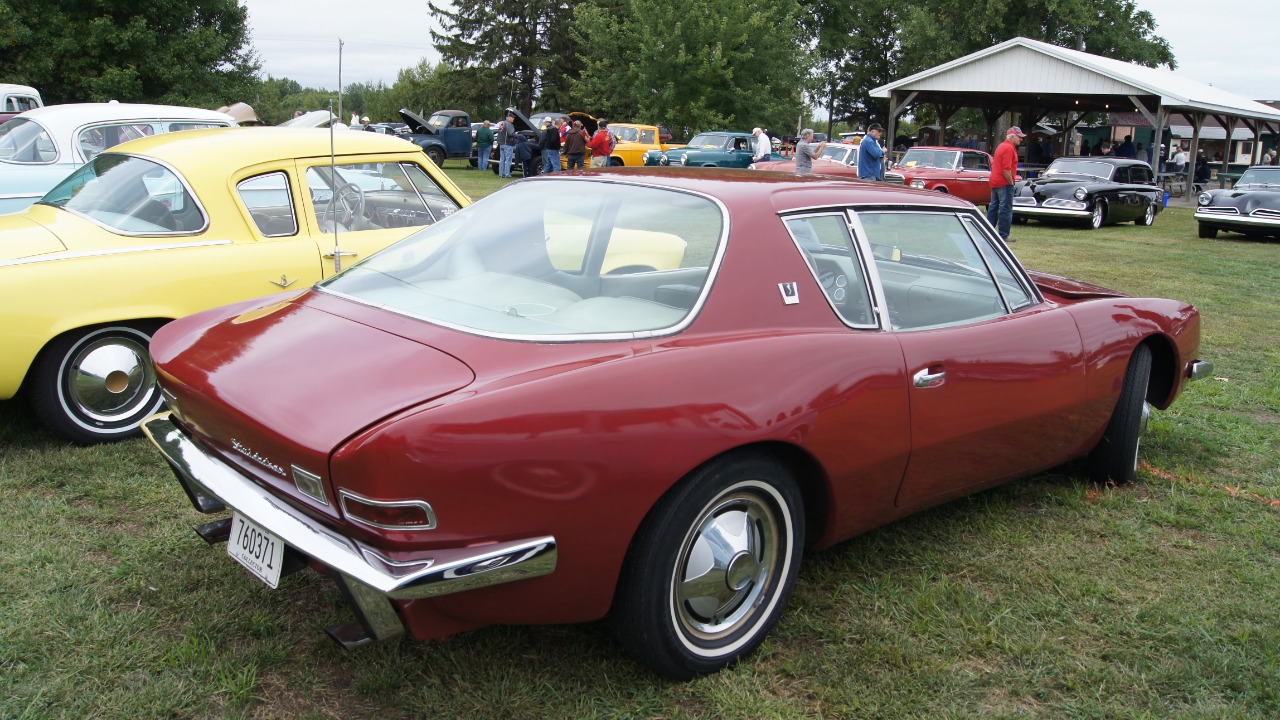
Over the years, the Avanti has developed a cult following among car enthusiasts and collectors. Its unique design, limited production, and historical significance make it a prized possession for many. The Avanti’s allure continues to captivate those who appreciate its blend of style and innovation.
The Avanti’s Influence on Future Models
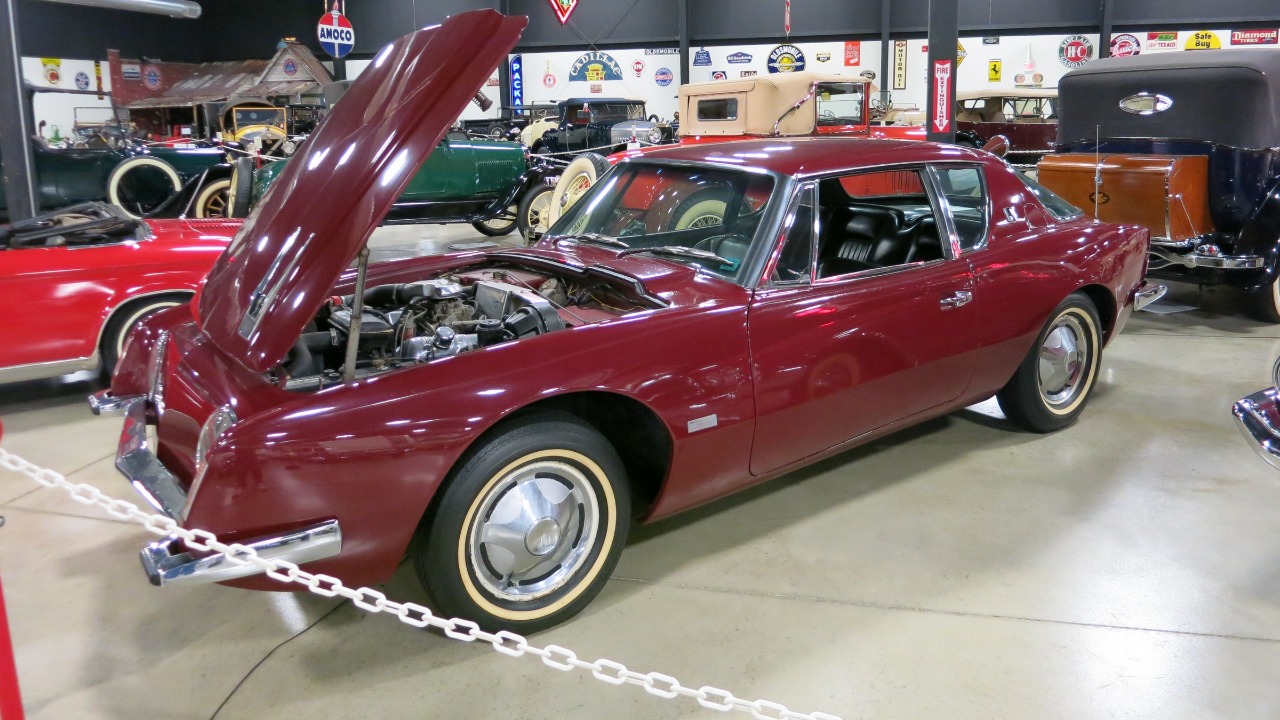
The Avanti’s impact on automotive design and engineering extends beyond its own production run. Many of its design elements and innovations influenced future car models, leaving a lasting mark on the industry. Its legacy is evident in the way it pushed the boundaries of what a car could be, inspiring generations of designers and engineers.
Like Fast Lane Only’s content? Be sure to follow us.
Here’s more from us:

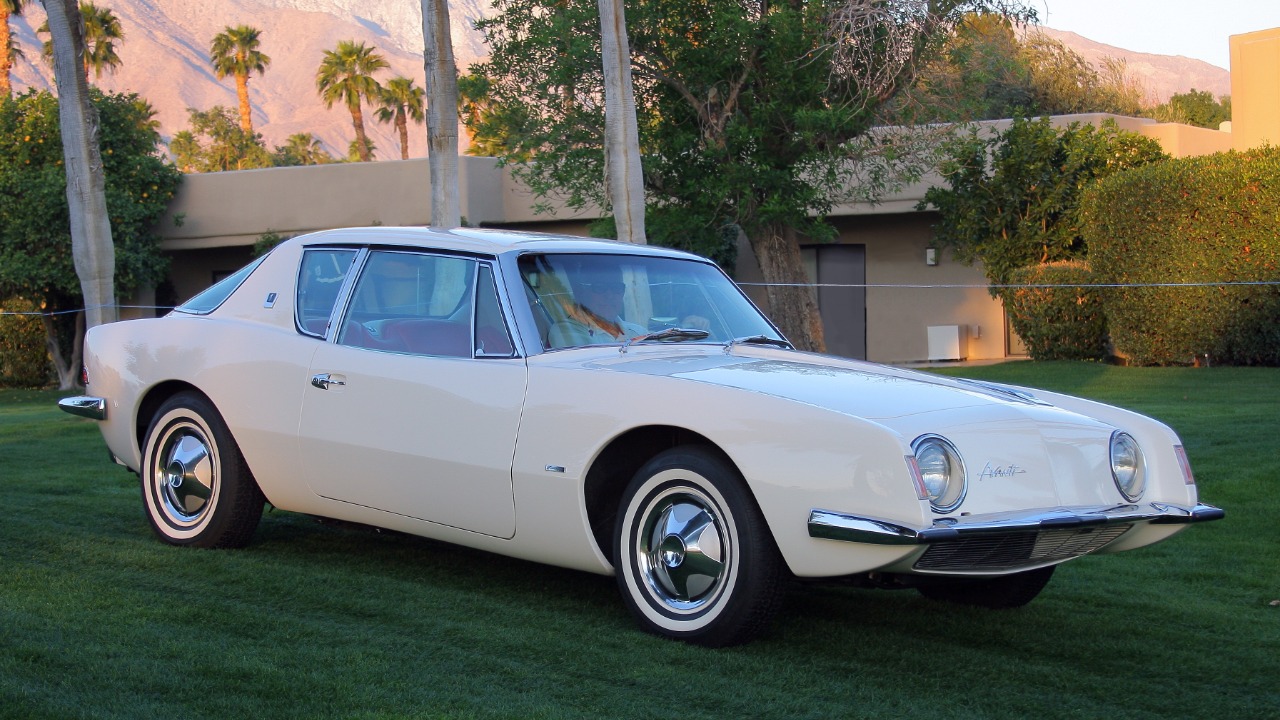
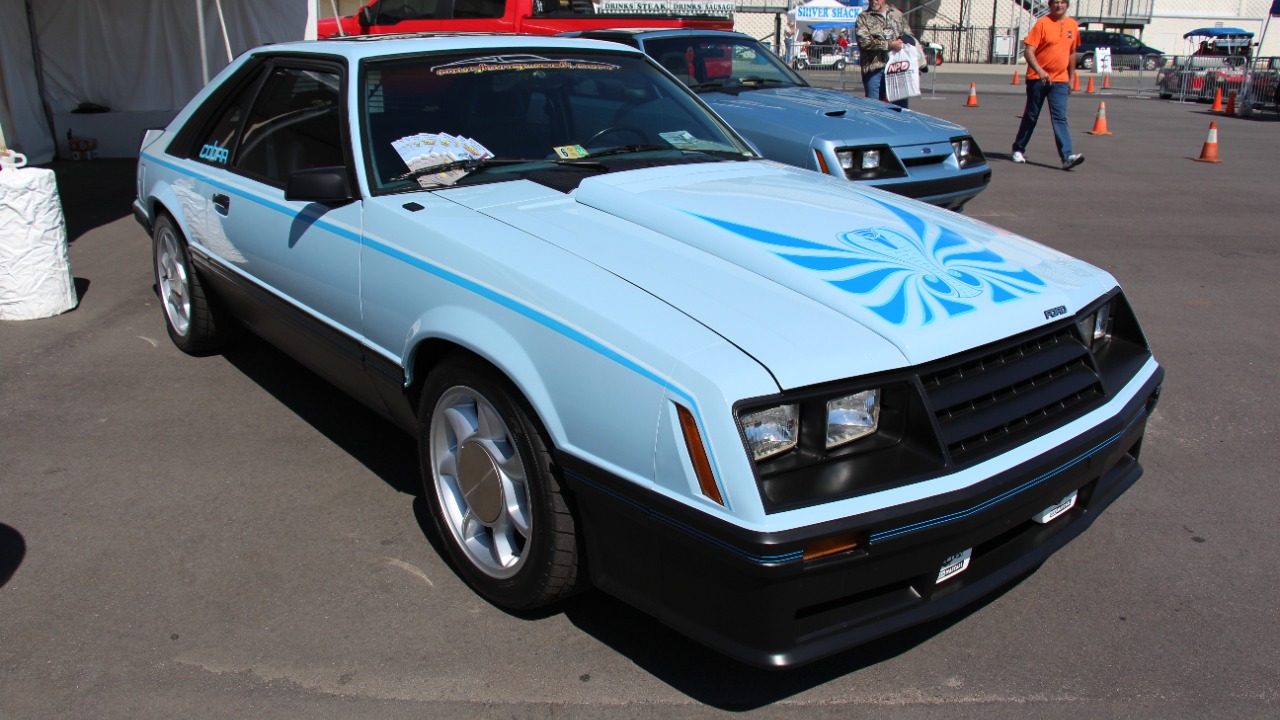




Leave a Reply